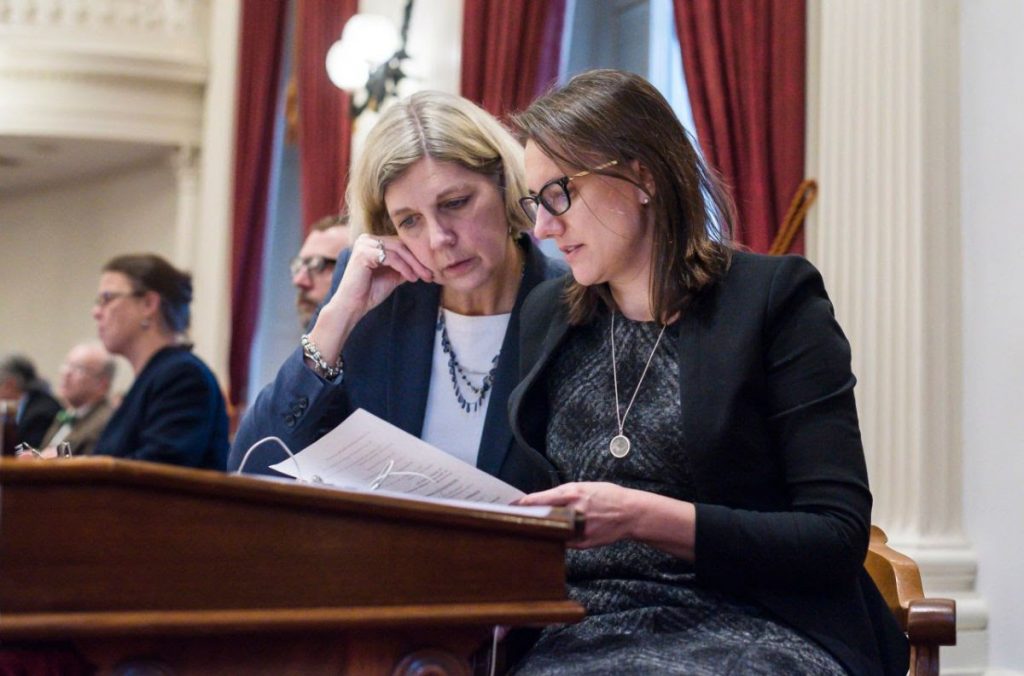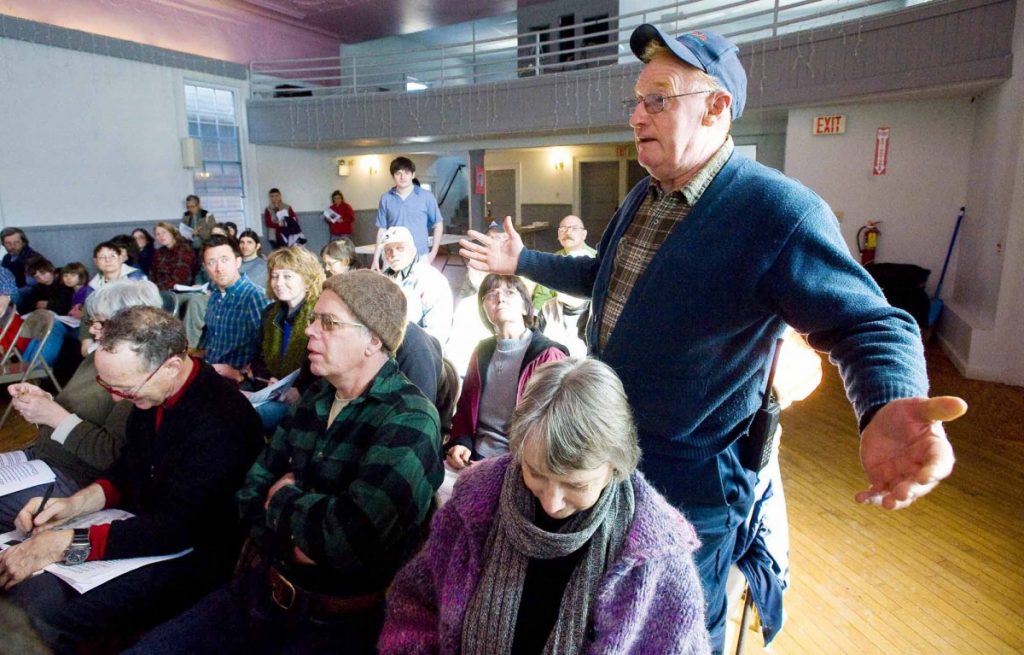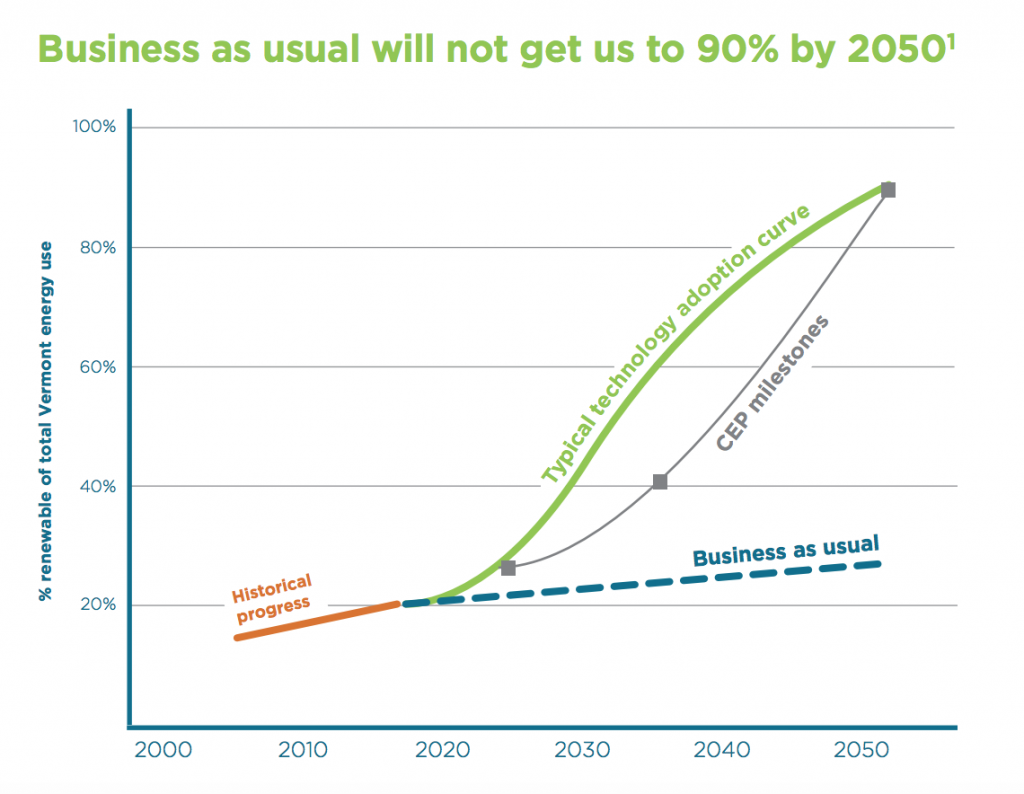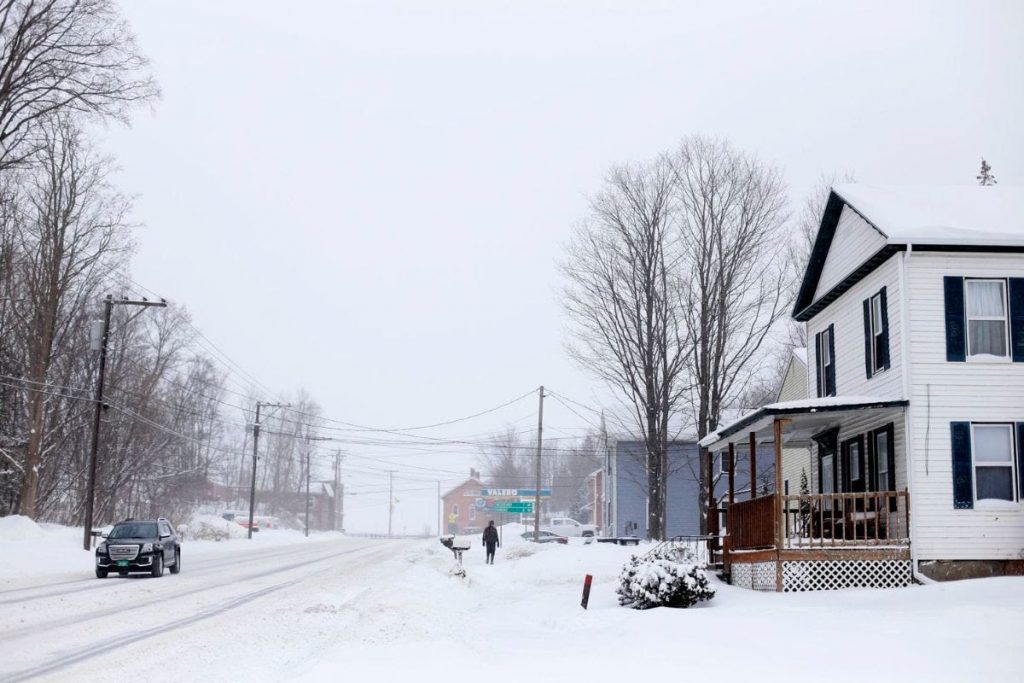
Vermont Research News: Hospitals, gender equality, salamanders and more…
View on VT Digger
View this email in your browser

Salamander crossing
Why did the salamander cross the road? To move between its breeding and terrestrial habitats – and a recent report submitted to the Vermont Agency of Transportation wants to make such road crossings safer. The method proposed in the report seeks to identify amphibian road-crossing “hotspots” and guide the placement of potentially life-saving road modifications to make the cross safer.

Not-so-frozen fish
Lake Champlain may have frozen over for the third time since 2010 but the fish are doing just fine, Lake Champlain Basin Program’s Matthew Vaughn told VPR March 13. Read more about how Lake Champlain’s aquatic life survives the winter in this column by the Lake Champlain Committee. See also this conference April 8 on the past, present and future of Lake Champlain – use the code “researchnews” to register for the reduced rate of $25.
Hospitals losing money
Vermont hospitals are losing money, according to the Green Mountain Care Board’s 2018 year-end budget review. The report found that overall, Vermont hospitals saw a 5.0% increase in operating costs over the 2018 fiscal year but only a 3.1% increase in patient revenue. Furthermore, all but three hospitals included in the report spent more on operating costs in the 2018 fiscal year than budgeted (see VT Digger story here).

Gender parity
Vermont is the number one state for gender equality, according to Bloomberg News’ 2019 annual gender equality ranking. The state’s top ranking is based on factors like gender pay equity and woman in poverty. Mississippi and Louisiana ranked at the bottom. In the ranking of best states for female leadership, Vermont moved up two positions from last year to secure sixth place.

Speaking of women
Did you know that about 40% of food is produced by female farmers? A recent study published in the journal Gender, Place & Culture explores the values and challenges faced by ten women farmers in Vermont. Read the full report here.

Working Vermonters’ wages not rising
A new report from Public Assets shows that many Vermonters are not benefiting from the state’s economic growth. That’s the central message of State of Working Vermont 2018, a new report from Public Assets Institute. The data are new. But the message was similar in the 2017 report—and the year before that, and the year before that.

Belvidere town meeting tops state ranking
Belvidere was identified as Vermont’s most democratic town following this year’s Town Meeting Day, based on the “Frank Bryan” Democratic index which compares attendance and participation in Vermont towns that continue to hold an annual Town Meeting Day – more than three-quarters of those at the Belvidere meeting had something to say at some point.Smaller towns as a whole were observed to have a higher rate of participation than larger cities, according to the researchers. (Photo Courtesy of Glenn Russell).

Renewables progress report
Vermont has more clean energy jobs per capita (19,000) than any other state. Our total energy is 19 percent renewable, according to EAN’s 2018 Annual Progress Report—based mostly on hydro and wind in the electricity sector. Transportation and thermal energy sectors together make up 86 percent of Vermont’s energy use and 71 percent of Vermont’s emissions and remain the biggest hurdle when it comes to converting to renewables. Vermont can provide a leadership role, the report argues. For another perspective, see this commentary by John McClaughry.

A new approach to seasonal depression
Some 10 percent of Vermonters suffer from Seasonal Affective Disorder (SAD) – a form of depression that peaks in winter. A recent study by UVM Psychology professor Kelly Rohan suggests that cognitive behavior therapy – a type of psychotherapy that focuses on challenging negative thought patterns – can be as effective as light therapy, the standard treatment for SAD. Listen to the Vermont Public Radio interview with Dr. Rohan about SADhere.

Vermont – the most European state
A recent article in the Washington Postdepicts Vermont as the most “European” state in the US, because of aging demographics, low birth rates and the lack of woman in child-bearing years. The state is also second only to Maine in having the whitest ancestry in the nation.

Vermont forests
Ever wonder why Vermont forests look the way they do? The three most common tree species in Vermont today are sugar maple, beech, and birch… but it wasn’t always this way. A new study uses fossilized pollen to explain the history of New England’s forests. Trees with fire-resistant barks, like pine, dominated until policies on forest fires changed.
New books & art

New York Times bestselling authorMaureen Johnson returns to Vermont’s Ellingham Academy for the second installment of her Truly Devious young adult series, titled The Vanishing Stair. The private academy was rocked shortly after its opening when the wife and daughter of the school’s founder were kidnapped. Shortly after, a mysterious riddle was recovered detailing the gruesome methods of the murder and signed “Truly, Devious.” The series continues to follow the bright young true crime fanatic Stevie Bell, who is a student at the private academy and works tirelessly to solve the cold case.

Brattleboro Museum & Art center recently welcomed six new exhibits that are set to be on display until June 16th.Among these are “Glasstastic,” which features twenty artists’ sculptural reimagining of K-6 students’ drawings and descriptions of imaginary animals, and“Nuclear Family,” painter Amy Bennett’s interpretation of home and the familial dramas that occur behind closed doors, offering glimpses into a typical Vermont neighborhood.

